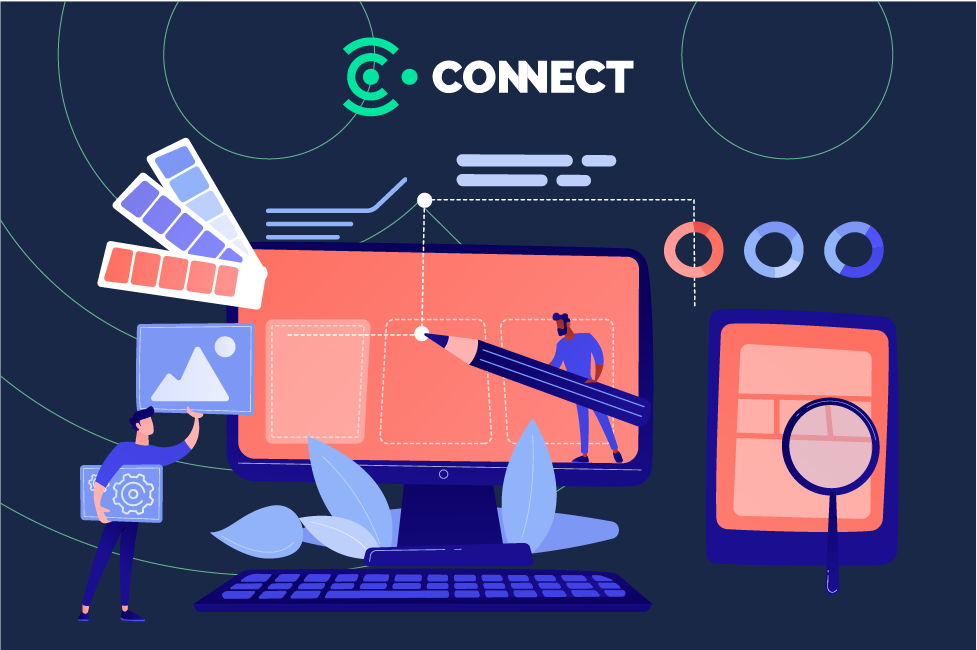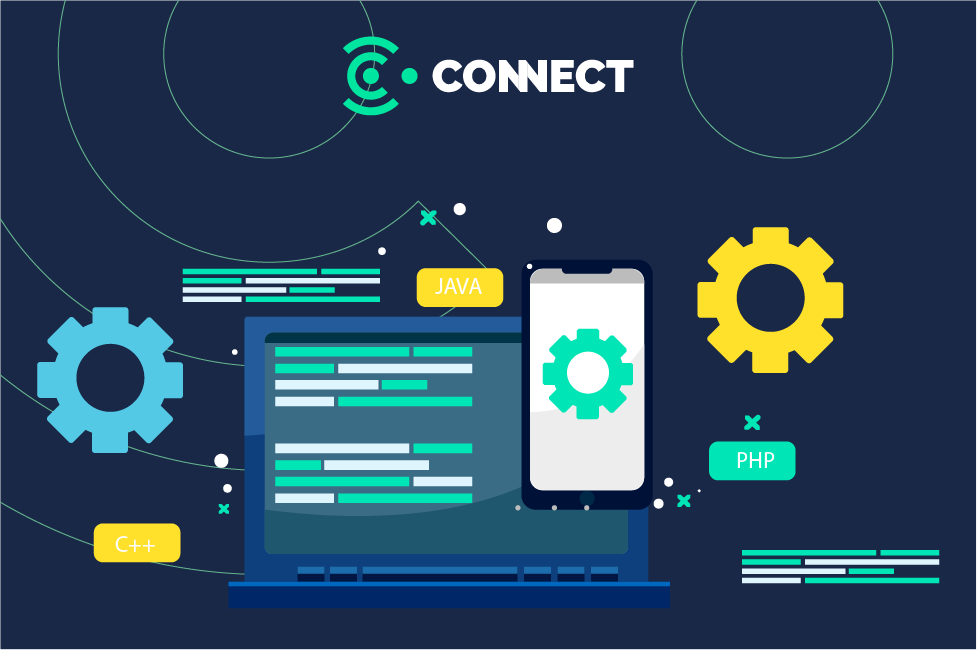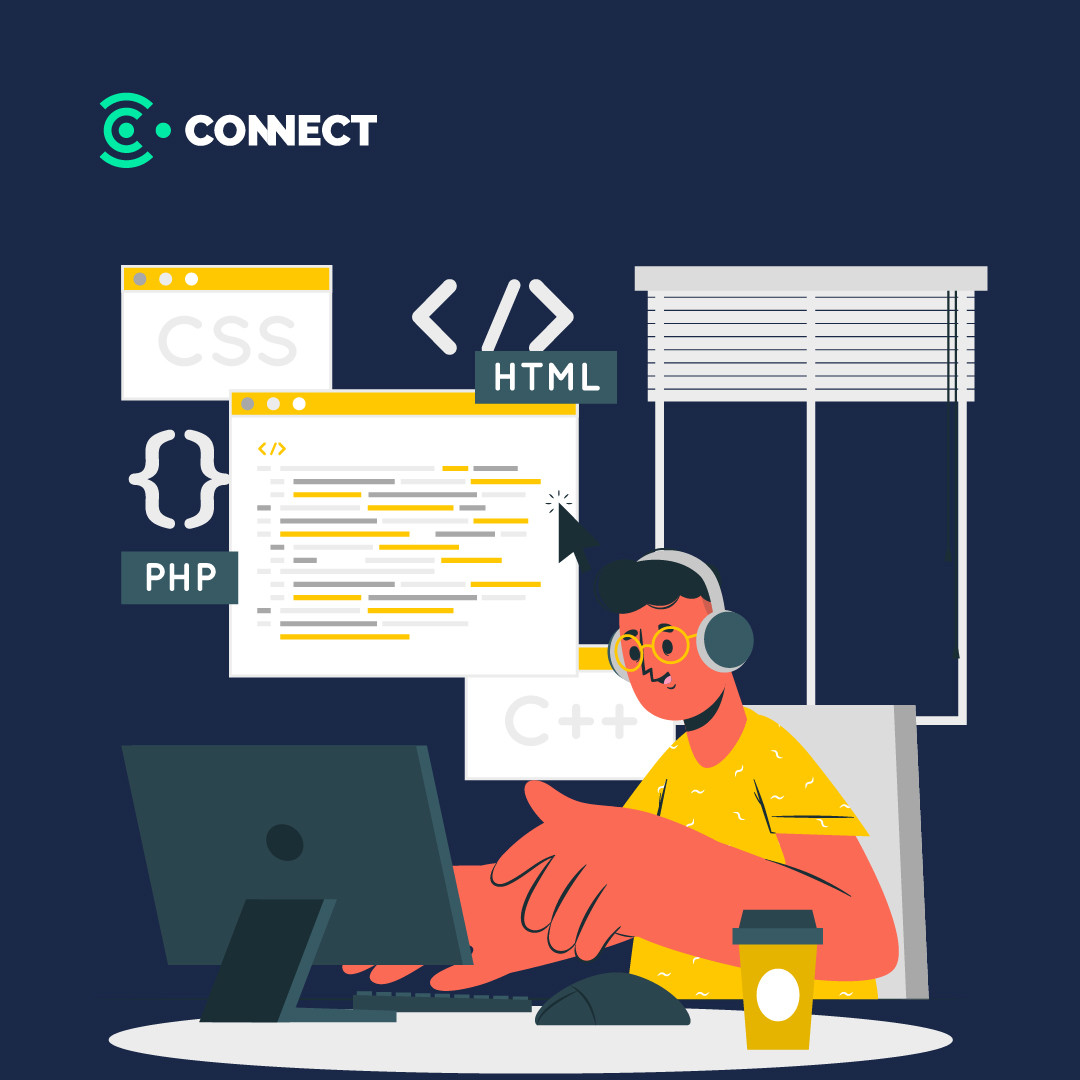The services provided by the web and mobile applications are very numerous, and include a wide range of services and applications that are used in daily life. Web services and mobile applications include areas such as online shopping, online reservation, social networking, games, maps and navigation, electronic banking, and electronic health. , online education, and many more, web services and mobile applications offer many advantages to users, including ease of access to information and services, speed of implementation, round-the-clock availability, interactivity, and privacy control. Companies and individuals can also benefit from web services and mobile applications In improving business and facilitating operations, increasing productivity, improving user experience, and increasing profitability.
Web services and mobile applications
2023-07-10
website design :
Web design is the process of creating and developing a website on the Internet, which includes the design and development of web pages and the content that is displayed on these pages. Website design aims to make websites more attractive and easy to use for users. When designing a website, you must first define the goals of the website and the target audience. The design must be compatible with the type of content that will be displayed, it must be easy to use and fast to load, the design must be attractive and attract visitors to continue browsing the site. The design should be compatible with all screen sizes, computers and smartphones.

How to design a website:
When designing websites, content must be of high quality and easy to read and understand. The content must be compatible with search engines to improve the site’s ranking in the search results. Social media must also be provided on the site to enable users to share content and interact with the site. The site must be designed in a way that makes it easier for users to access the information and services they are looking for. The design should be user-friendly and contain a clear and easy-to-use navigation menu. In general, the website design should be compatible with the needs of users and provide a smooth and easy user experience. The design must be attractive and compatible with computers and smartphones, and it must contain high quality content that is easy to read and understand.

Website programming:
Website programming is the process of creating and developing the code needed to display content on the Internet. Website programming requires strong technical skills and experience in programming languages and electronic development.
The main programming languages for websites include HTML, CSS, JavaScript and PHP. HTML is used to create the structure of web pages, while CSS is used to design the appearance and layout. JavaScript is used to add interactivity and dynamism to the site, and PHP is used to manage databases and server programming. Programmers must also consider several factors while programming websites, such as designing the site to be easy to use, fast to load, and compatible with computers and smartphones. The design should be attractive, easy to read and understand, it should contain high quality content and the website should be updated regularly to improve the user experience and improve the website's ranking in the search results. Social media shall also be made available on the Site to enable Users to share content and interact with the Site.
In general, website programming should be compatible with users' needs and provide a smooth and easy user experience. The skills needed to program websites should include database design, electronic development, and electronic security.
Therefore, programming websites is a very complex and demanding process, and therefore care must be taken to choose professional and experienced programmers to ensure the design and programming of an effective and attractive website.

Hosting your website:
If you are planning to launch a website, hosting is a process that allows you to publish the website on the Internet. Hosting services provide space to store the files and data of your website on a server that can be accessed over the Internet.
In this article, we'll look at how to host your website.
1- Choosing the appropriate hosting service: You must choose a hosting service that matches the needs of your site, and provides the necessary storage space and bandwidth. The service must also be reliable and provide good technical support.
2- Choosing a domain: You must choose a domain name for your site, which must be easy to memorize and write and express the content of your site.
3- Install a content management system: The content management system that you will use to create and manage the content of your site must be installed, such as WordPress, Joomla or Drupal.
4- Upload files: After installing the content management system, you must upload the files for your site to the hosting server. FTP can be used to transfer files from your computer to the hosting server.
5- Test the site: The site should be tested to ensure that everything works correctly, and that the content is displayed correctly on all devices.
6- Updating the website: The website should be updated regularly to ensure that it works properly and that browsing is done smoothly.
In addition, your site must be well secured to protect it from cyber attacks and ensure the safety of users who visit your site.
In general, hosting a website requires many steps and technical details. Therefore, you should be careful to choose a reliable hosting service and work with experts in electronic development to ensure the success of your site.

Mobile application interface design:
Mobile app interface design is the process of designing and developing the user interface for smartphone and tablet applications. The user interface aims to make the application easier to use and improve the user experience.
In this article, we'll look at how to design a mobile app interface.
1- Simple design: The application interface must be simple and easy to use, with the use of colors and shapes suitable for the user. Design priorities must be set and elements arranged appropriately.
2- Responsive design: The application interface must be responsive, with the ability of the application to adapt to different smartphone screens. Sizes and shapes should be easily zoomable.
3- Use of Icons: Icons and icons shall be used to facilitate navigation in the application. Clear and easy to understand icons should be used to improve user experience.
4- User Experience: The user experience should be comfortable and smooth, with clear instructions and instructions provided to the user. The application should be tailored to the user's needs and preferences.
5- Security: Security and protection must be provided to the user, with the application of appropriate protection measures for personal information and sensitive data.
6- Continuous update: The application must be updated regularly to improve its performance and fix bugs and security vulnerabilities.
In general, designing a mobile application interface requires taking care of many technical and technical aspects to improve the user experience. Therefore, care must be taken to work with design and development experts to design a distinct and successful user interface.
How to program mobile applications:
The development of smart phones and the improvement of their technologies has led to an increase in the demand for mobile applications, and therefore programming mobile applications has become one of the most important skills required in the labor market. In this article, we'll look at how mobile apps can be programmed to keep pace with current advancements.
1- Choosing the development platform: You must choose the appropriate development platform for the application, such as Android, iOS, or Windows Phone. The choice of platform should be made based on the target audience and application requirements.
2- Use appropriate programming languages: You must use appropriate programming languages for the chosen platform, such as Java or Kotlin for Android, or Swift for iOS. Be sure to use the latest versions of programming languages to improve application performance.
3- Use the right tools: You must use the right tools to develop the application, such as Android Studio or Xcode. Care must be taken to use modern and advanced tools to facilitate the development process.
4- Improve user experience: User experience should be improved by designing user friendly and attractive user interface. You must provide options to customize the application and improve its performance.
5- Maintaining security: The security of the application must be maintained by applying appropriate protection measures for personal information and sensitive data.
6- Continuous update: The application must be updated regularly to improve its performance and fix bugs and security vulnerabilities.
In general, programming mobile applications requires taking care of many technical and technical aspects to improve the user experience and ensure the security of the application. Therefore, care must be taken to work with development and design experts to develop successful and effective mobile applications.

